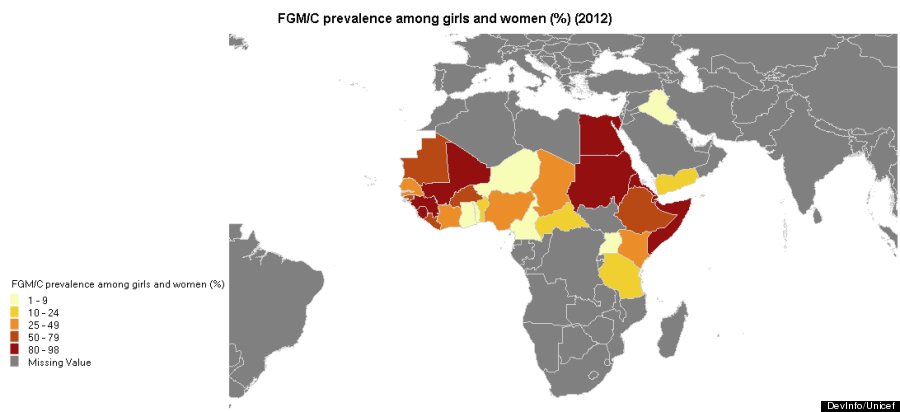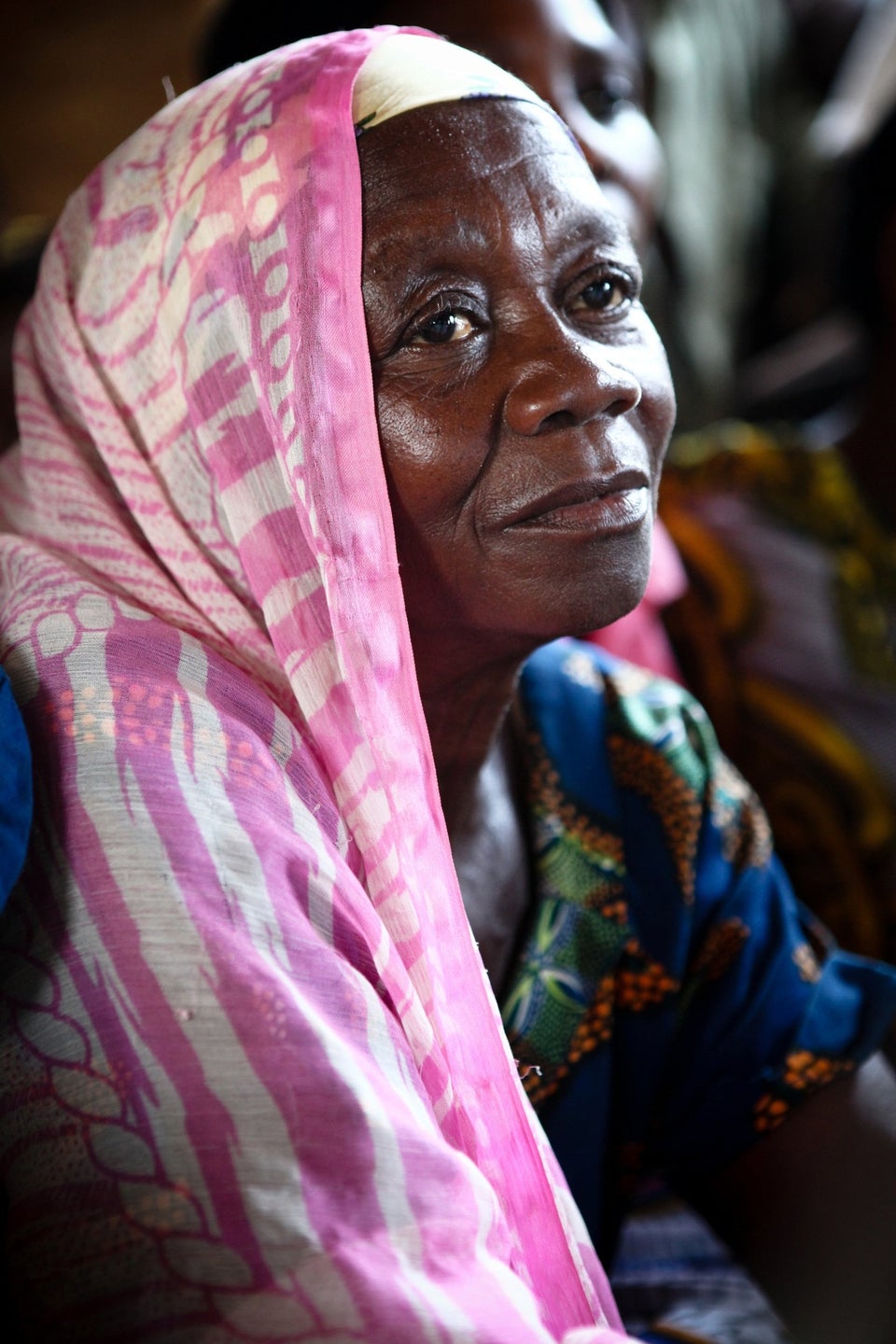Despite a global decline in the practice of female genital mutilation, 30 million girls are currently at risk of being cut. That is the conclusion of a new report by the United Nations' Children's Fund released on Monday.
More girls, as well as women and men, are saying no to FGM/C than ever before, and more communities than ever are abandoning the centuries-old tradition," Unicef writes.
According to the comprehensive report, female genital mutilation is mainly practiced in 29 countries in Africa and the Middle East and more than 125 million women and girls alive today have undergone some form of the practice. Around one in five of those women and girls live in Egypt. Almost all girls are cut before the age of 15.

The report uses the term female genital mutilation to refer to “all procedures involving partial or total removal of the female external genitalia or other injury to the female genital organs for non-medical reasons." Most types of FGM/C practiced around the world in involve the cutting and removal of portions of the female genitalia. More extreme forms, such as cutting and sewing, are much less frequent.
Prevalence within the 29 countries that practice the custom varies. As the report notes, FGM/C is closely tied to customs of communities rather than religious identity. The practice is nearly universal in Somalia, Guinea, Djibouti and Egypt but only affects 1 percent of women and girls in Cameroon and Uganda. Most cases occur among Muslim communities, although the report stresses that Jewish and Christian communities, too, adhere to the custom.
FGM/C is often seen to be somehow connected to Islam, a view that is perhaps unsurprising given the frequency with which it is practiced by many Muslim African groups. However, not all Islamic groups practice FGM/C, and many non-Islamic groups do.
The agency's data shows a decline in the practice in the past 30 years in more than half of the countries surveyed, particularly for younger girls. In a number of countries, including Kenya, Tanzania and the Central African Republic, the organization even calls the decline "dramatic."
In December 2012, The U.N. passed a resolution condemning female genital mutilation as harmful to women and girls, urging member states to take measures to ban the practice.
“Harmful practices, such as genital mutilation, constitute a serious threat to the health of millions of women and girls worldwide and violate their fundamental rights,” U.N. Secretary General Ban Ki-moon said in a statement.
UNICEF deputy executive director Geeta Rao Gupta agreed, telling the BBC that FGM "is a violation of a girl's rights to health, well-being and self-determination."
Find out in which countries female genital mutilation prevails in the slideshow below.
